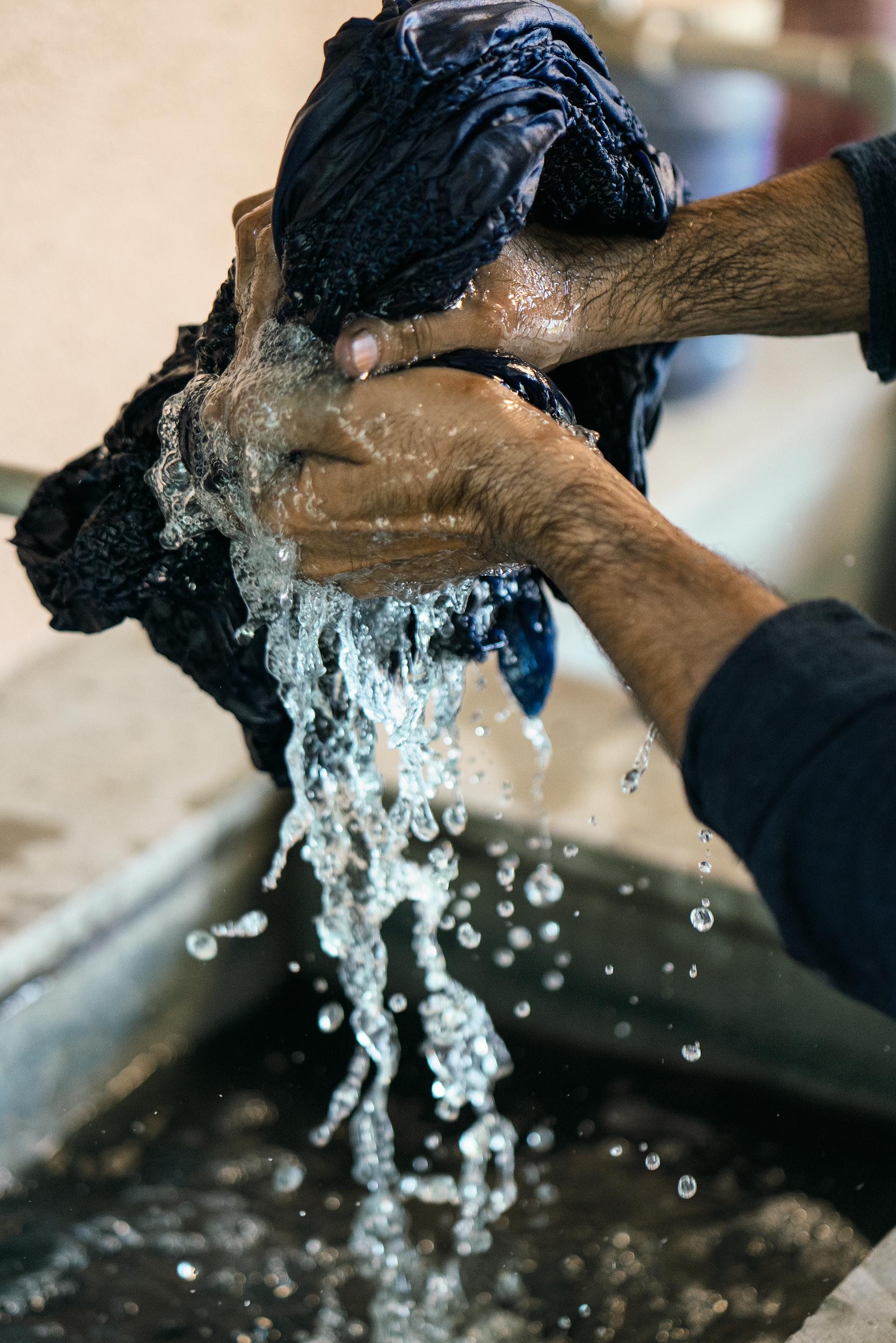Manifesto
Best PRACTICES
Six PRINCIPLES for Securing a
VIBRANT FUTURE for
HANDCRAFT in FASHION
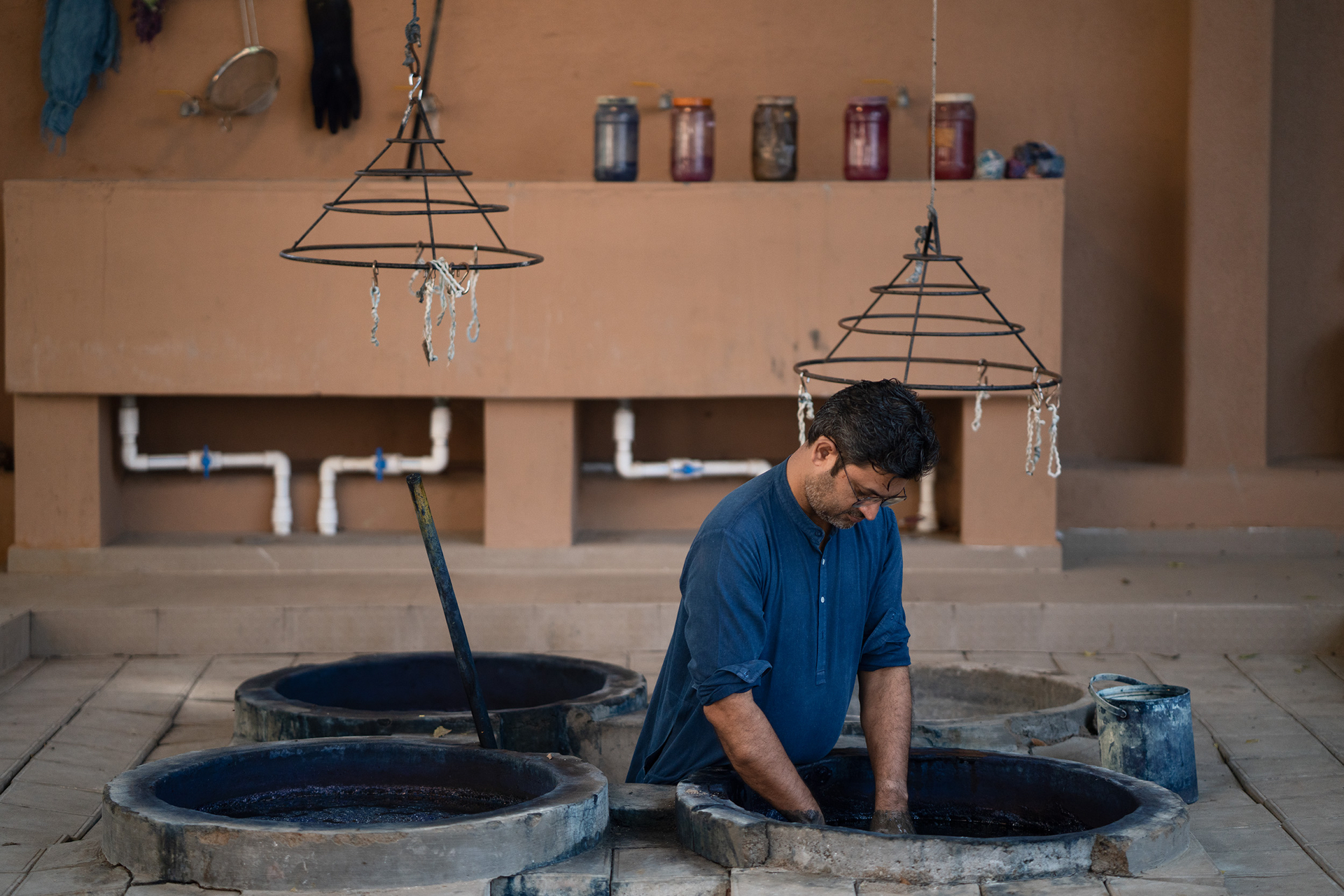
Handcraft is no longer on the periphery of the fashion world. Through social trends of ethical consumption and slow fashion, high-quality artisanal production has moved right into the mainstream. Fashion consumers as well as bigger brands see craft elements as a desirable commodity in contemporary fashion.
At the same time, however, the proliferation of digital channels of production and distribution has had a massive impact on the craft world – and not all of it has been positive.
The perceived desirability of handcraft, and the ease of access to it, may seem to enable artisans across the globe to participate directly in the craft market, but it also opens a Pandora’s box. The first and perhaps most serious aspect to consider is that customers in the digital age have come to expect speed of delivery and low prices, not to mention free shipping and returns. For artisans, these demands are difficult, if not impossible, to fulfil. A second area of concern is design integrity. Through their increased digital presence, the designs of artisans are now widely and freely accessible. This has led to many incidents of big fashion players incorporating craft elements into their collections without crediting their original creators – or using cheaper, digital techniques far removed from their handcraft origins. This unauthorized use of “Indigenous” motifs without credit is creating tension. Questions of cultural appropriation and plagiarism are being raised – and rightly so.
It was in response to this difficult situation for handcrafts that we started our project made/in. Our initial focus has been on products made in India and Germany. But the concerns are strikingly similar in artisanal communities all over the world – from the small manufacturers of printed cottons in Provence to banana-fibre weavers in the Philippines. We want to create awareness for the continuing cultural wealth and stress the importance of preserving handcraft techniques as a shared cultural heritage of the world. Here we have found hope and inspiration in UNESCO’s efforts to safeguard Intangible Cultural Heritage (ICH).
Instead of positioning the above-mentioned problems solely as a moral issue, we propose establishing a set of clear principles to help make copyright, credit, and empowerment of craftspeople the norm rather than the exception in fashion and textile design. Following a few simple best practice principles, designers and craftspeople will be able to safely enter collaborative partnerships. Keeping these six interconnected principles in mind – excellence, social empowerment, economic empowerment, innovation, culture and beauty, and, finally, ecological responsibility – will give handcraft a secure future and the larger world an opportunity to enjoy it for years to come:
1. Excellence
Creating a product with handmade techniques should always involve excellence and clearly defined standards of quality.
Slower fashion cycles and an increased awareness of the need to scale back offer a chance to focus on the core of handcraft: the excellence that artisans are capable of achieving. Rather than look for shortcuts towards making more of a product, it is important to stay true to the essence of the craft: quality.
This is what sets a handcrafted piece apart from mass-produced items. The value added is tangible for the customer as well as for the environment. The exceptional standard of a handmade product satisfies both the person making it and the person buying it, and it enables long usage.
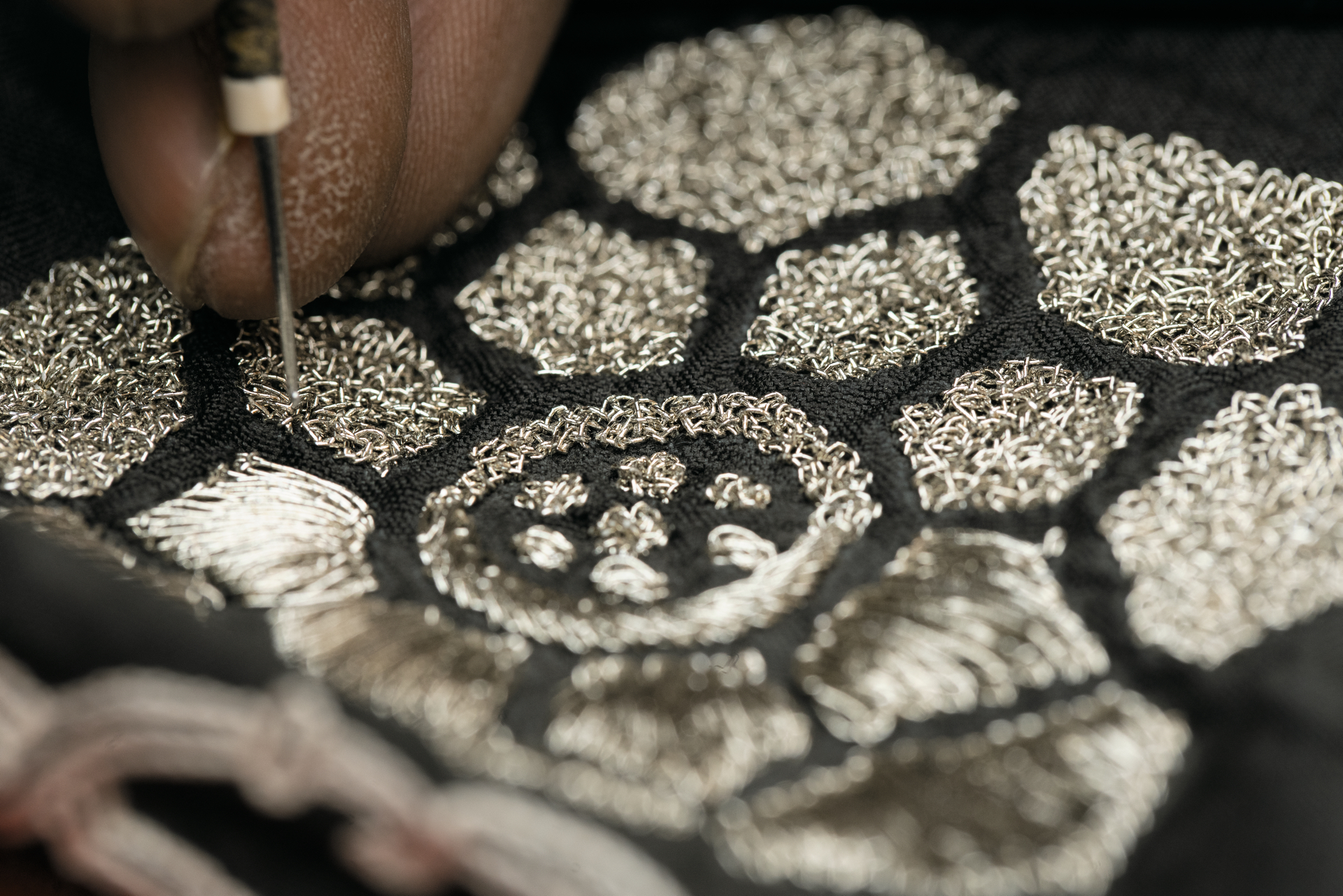
2. Social empowerment
The craft process should focus on all the people involved in design and production. When they work in true collaboration, designers and artisans respect each other as equal partners, and everyone’s voice is heard. A goal of all handcraft collaborations should therefore be empowerment of all parties involved. Securing agency in the process for the artisans themselves is a very significant part of this.
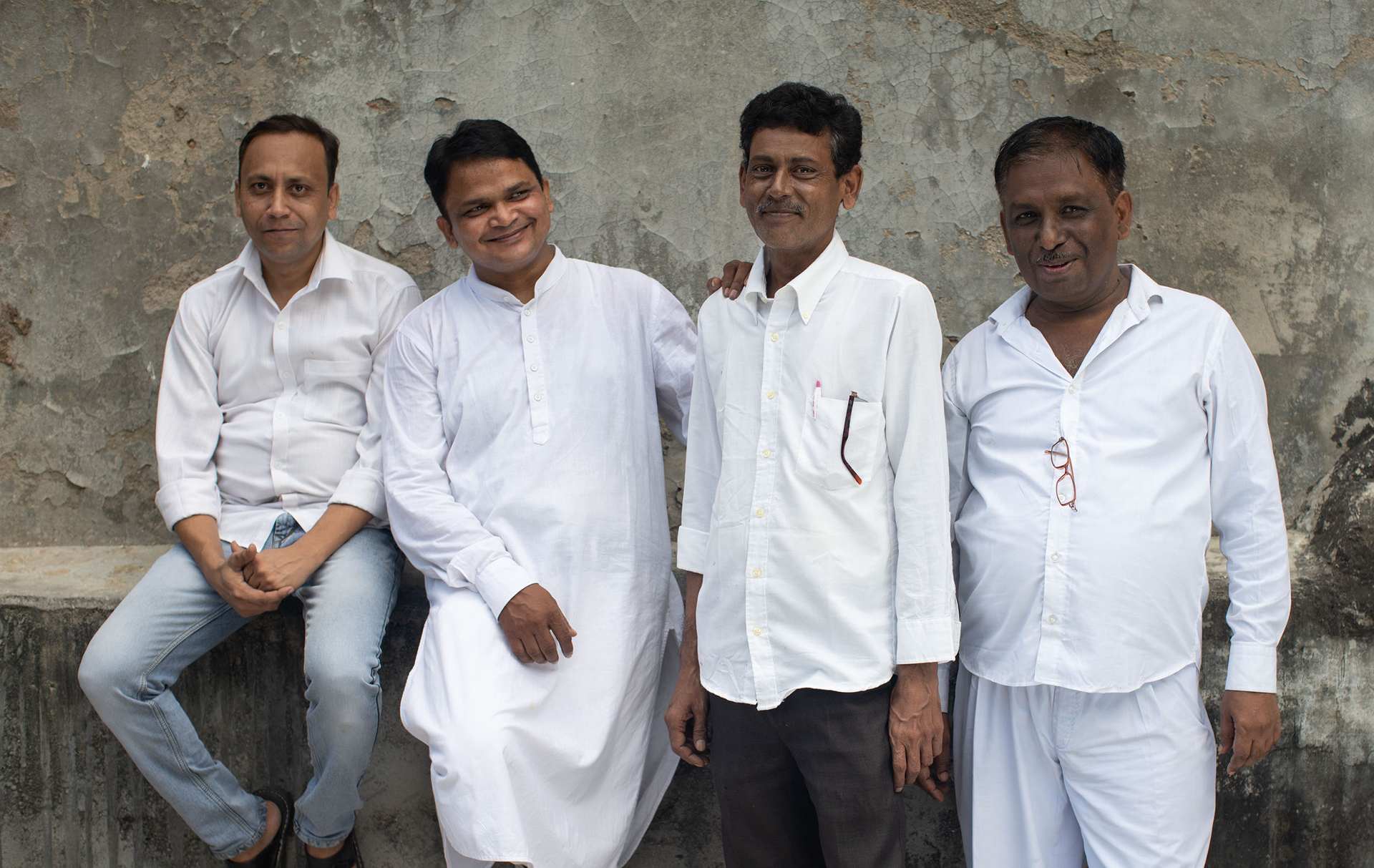
3. Economic empowerment
Handcraft must be economically viable for the artisans who drive it insofar as it secures their livelihood. “A fair, living wage” means that craftspeople earn enough to cover the cost of living – that is, maintaining their own health and dignity and providing for their families.
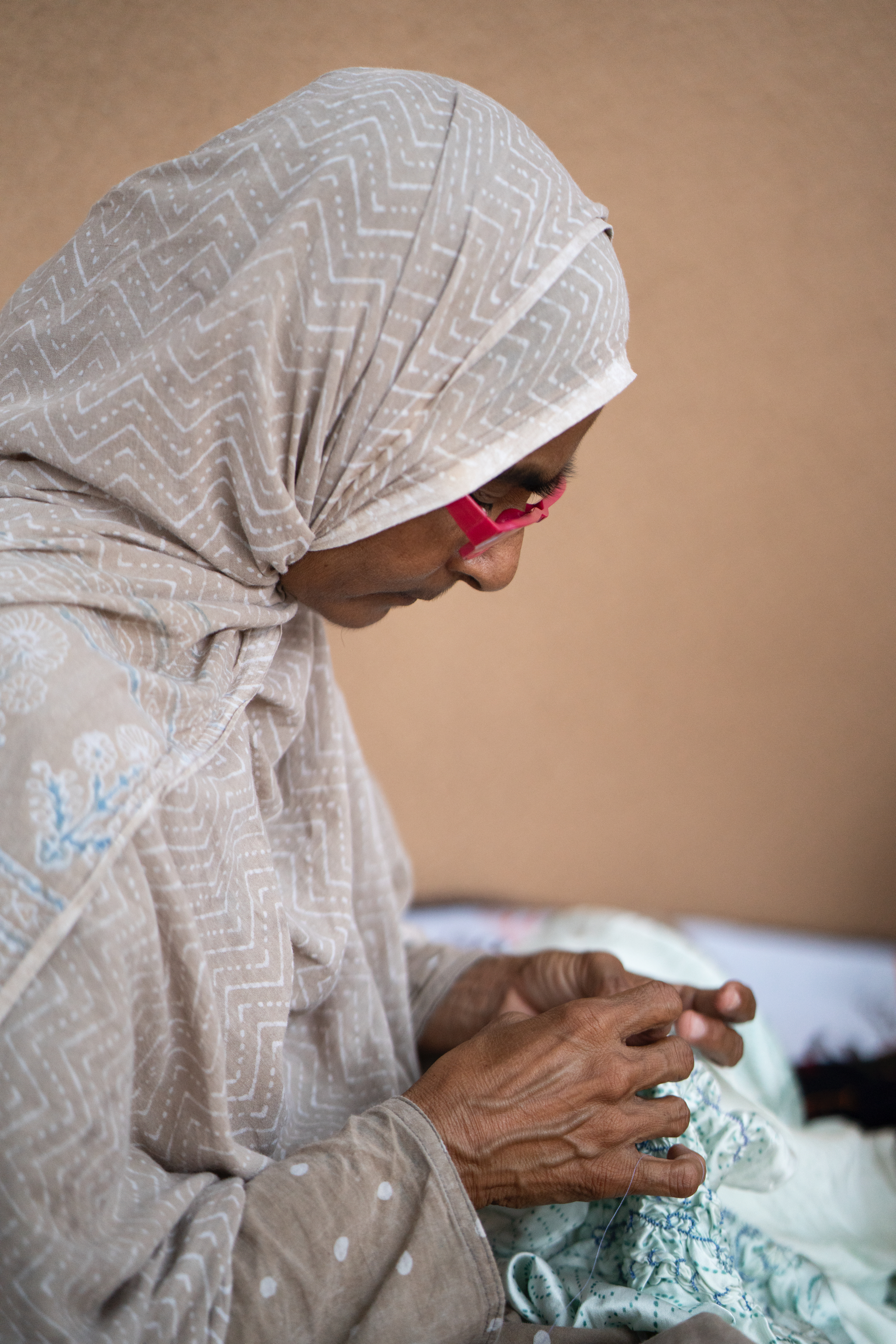
4. Innovation
Crafts are rooted in the traditional skills of making, and in this way, they are local. At the same time, they have to allow for innovation of technique as well as for the craft to be applied in new ways. An inherent part of handcraft is that it must evolve with time. As countless historical examples attest, cultural exchange has been driving craft innovation for millennia. It should continue to be able to do so.
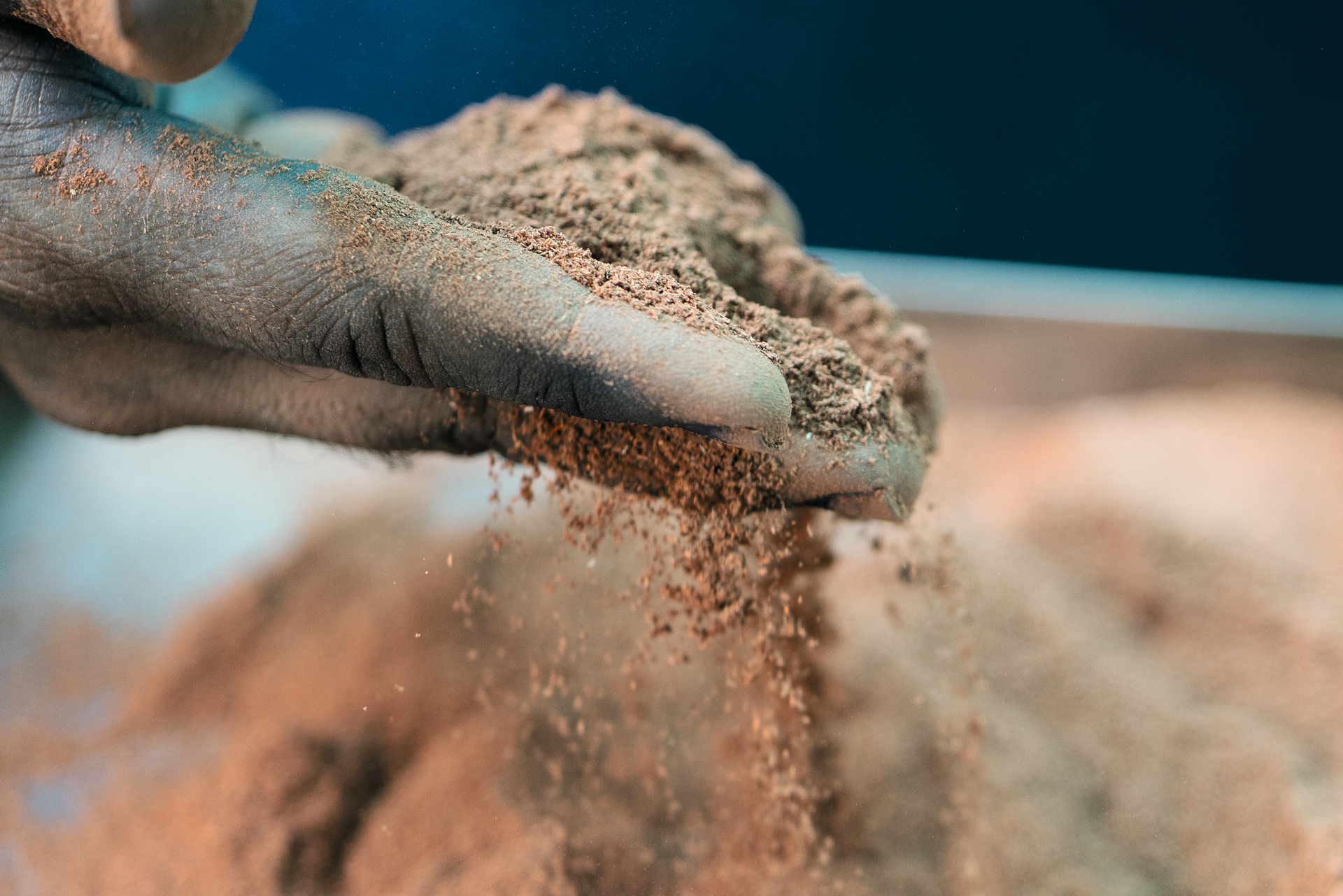
5. Culture and beauty
Beauty is an essential aspect of the handcrafted product. Beauty in this context goes beyond its aesthetic value. It connects us to age-old skills of crafts, to the planet and to each other – something that designer Alan Moore put eloquently in his book Why Beauty is Key to Everything. All sustainable cultures have been shaped by the search for beauty. Admiration, respect and appreciation for aesthetics and artistic creation have always been among the most important elements of cultural expression and communication between people.
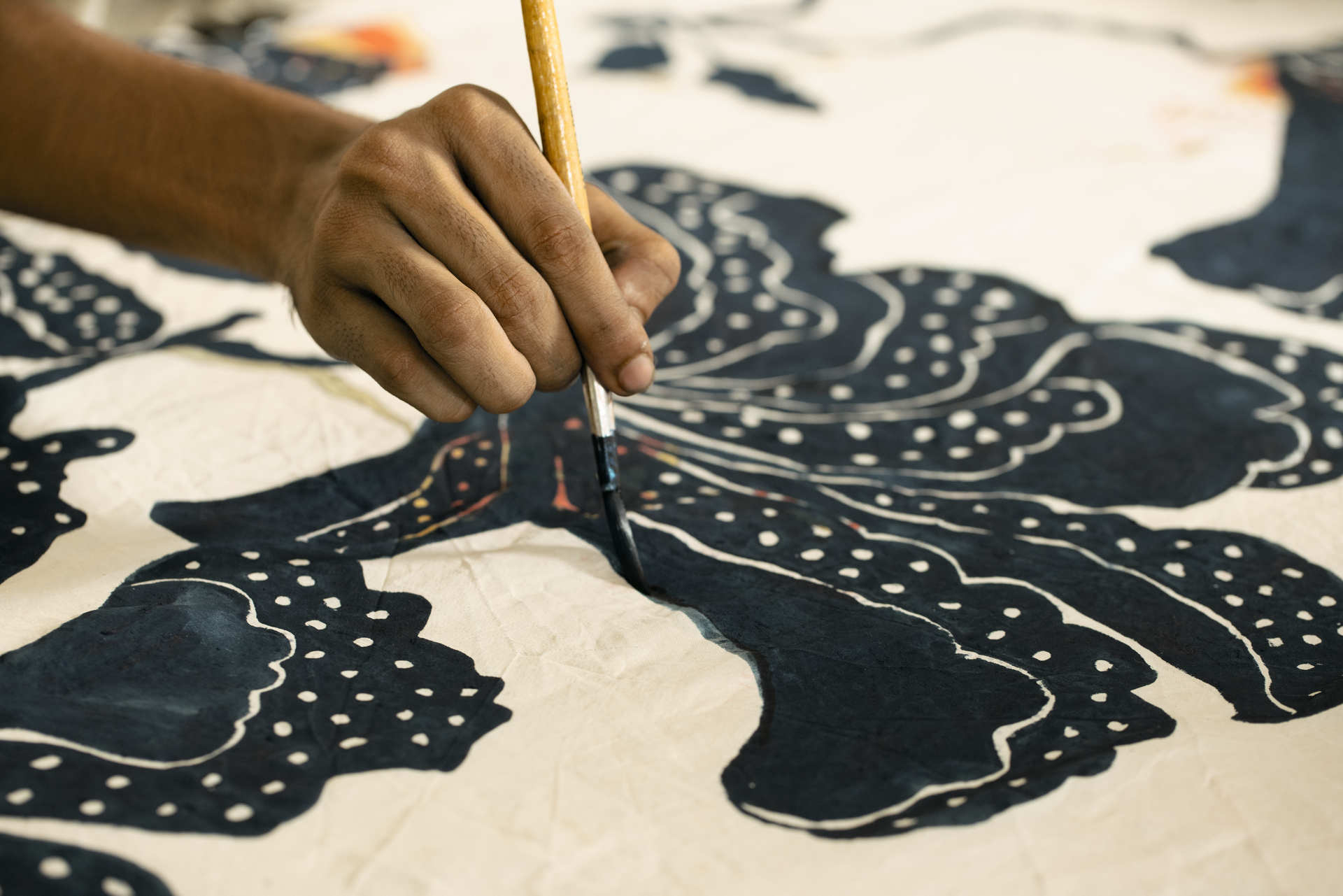
6. Ecological responsibility
Ecological responsibility should be present throughout the whole process of design and craft production. Respect for nature combined with technical innovation enables the creation of a long-lasting product with a reduced environmental impact.
